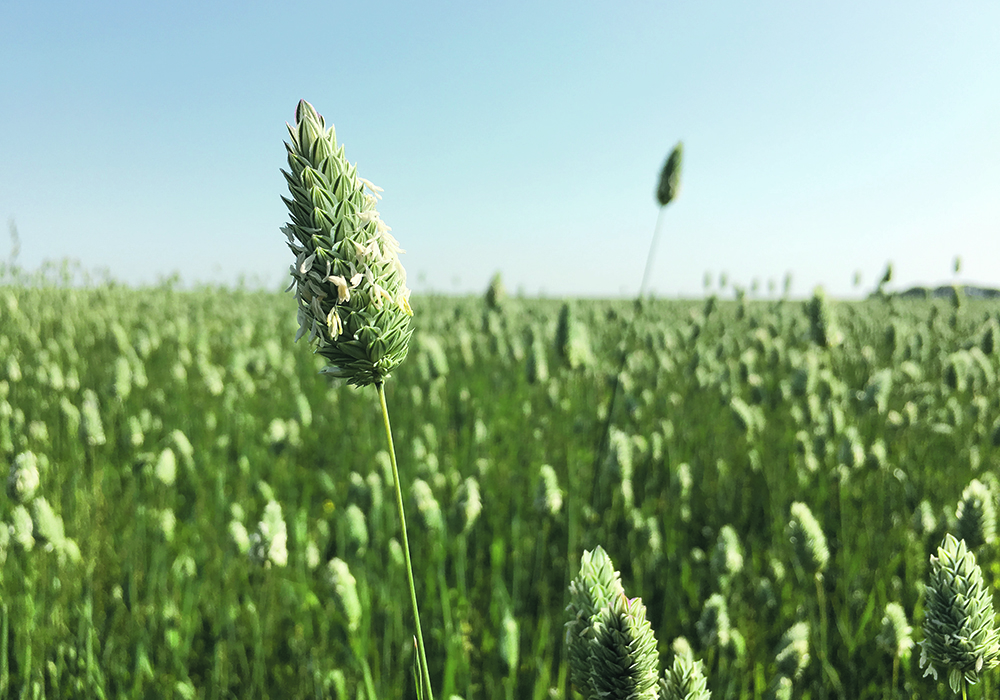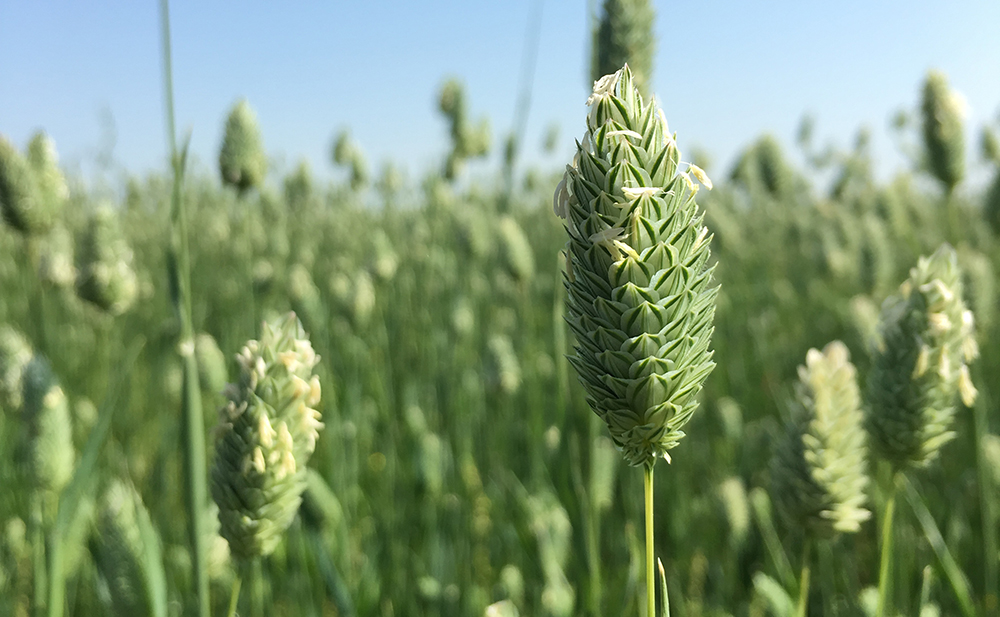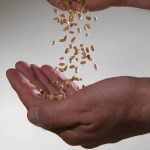WINNIPEG (MarketsFarm) — While the price of canaryseed in Western Canada has gone down over the past couple years, there is optimism that acres devoted to the specialty grain will increase in 2023.
David Nobbs, pulse merchant for Purely Canada Foods in Saskatoon and former chair of the Canary Seed Development Commission of Saskatchewan, said after the price for the crop in Western Canada hit 57 cents per pound in the fall of 2021, a large surplus had pressured it since. The high-delivered bid as of March 10 was 39 cents per lb., seven cents less than one year ago, according to Prairie Ag Hotwire.
Read Also

Vegetable oil stocks are expected to tighten this year
Global vegetable oil stocks are forecast to tighten in the 2025-26 crop year, this should bode well for canola demand.
“We simply had too much canaryseed in the bins,” Nobbs said. “Too much product came to town and the market gradually came down.”
However, he also mentioned that canaryseed prices above 35 cents per lb. are historically high. Nobbs expects them to trend down to 30 to 40 cents per lb. later this year, which could attract buyers from Mexico and the European Union, where half of Canada’s crop is exported.
“As we see the price of wheat come down, canaryseed is very competitive (compared to wheat and durum) at 35 cents per lb.,” he said. “I think we’ll see more acres this year than last year.”
In last month’s production estimates from Agriculture Canada, Canadian canaryseed production is projected to be 159,000 tonnes, 32,000 more than last year, on 291,584 acres, a decline of 14,826 acres from 2021-22.
Nobbs believes those projections are low. He expects a repeat of last year’s high yields in eastern Saskatchewan. He also cited many reasons for additional canaryseed acres, such as lower seed costs and needing fewer inputs than wheat.
“We’ll see acres drift toward canaryseed. It doesn’t have fusarium issues. It doesn’t have wheat midge issues. It doesn’t have grading issues. It’s an easy crop to grow,” he said. “That’s why I feel like acres are going up and that’s why our prices are going to trend down a bit more.”

















